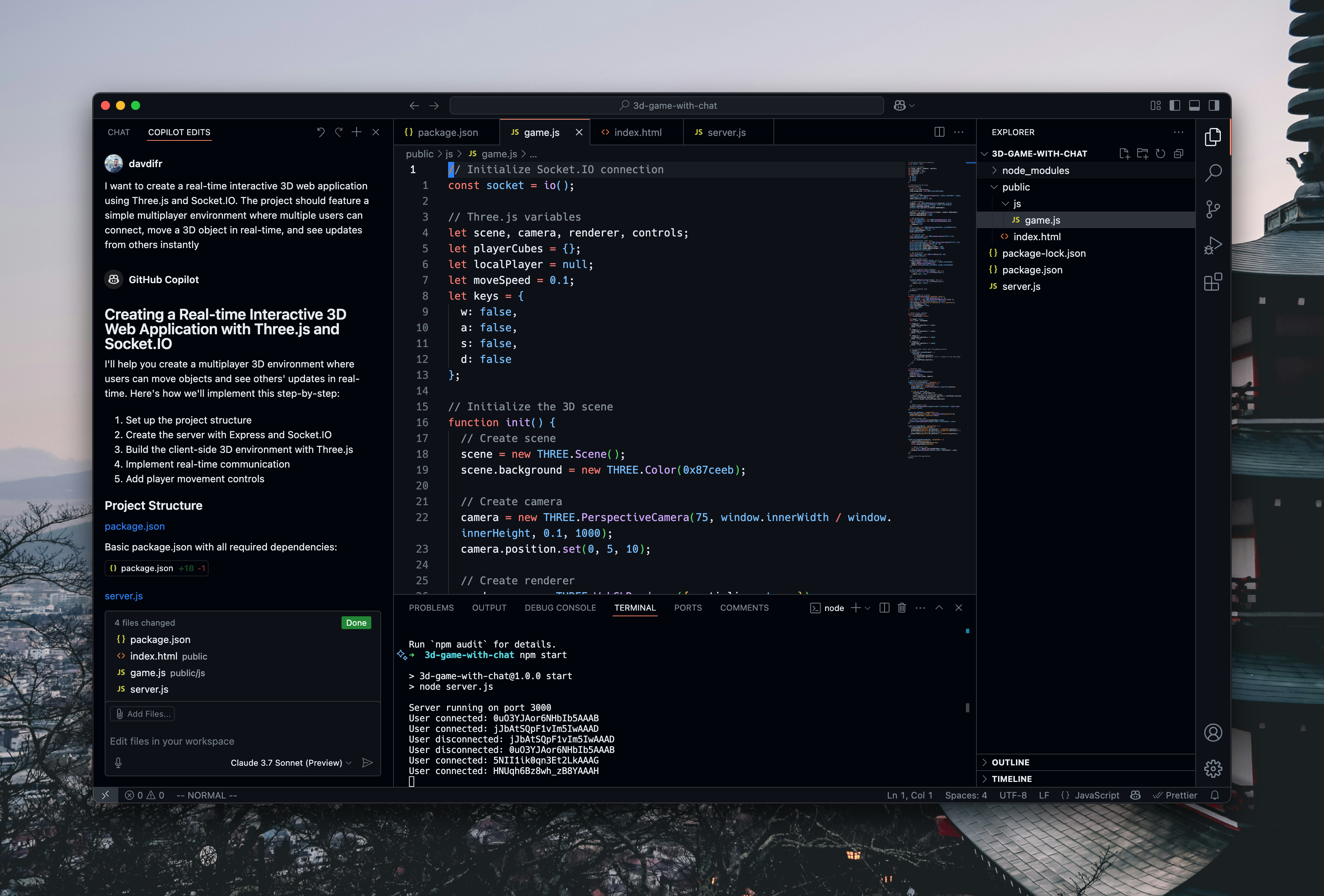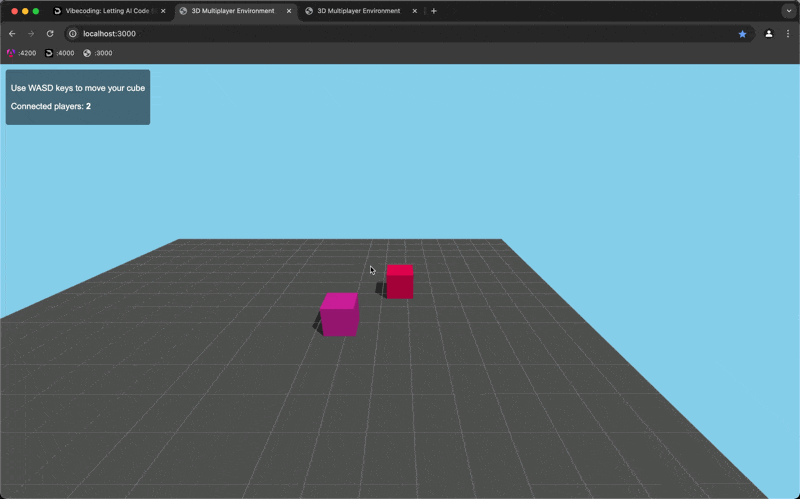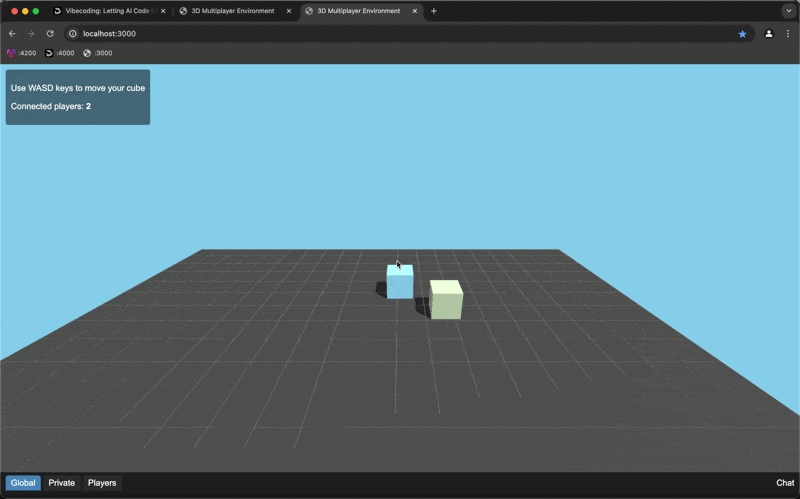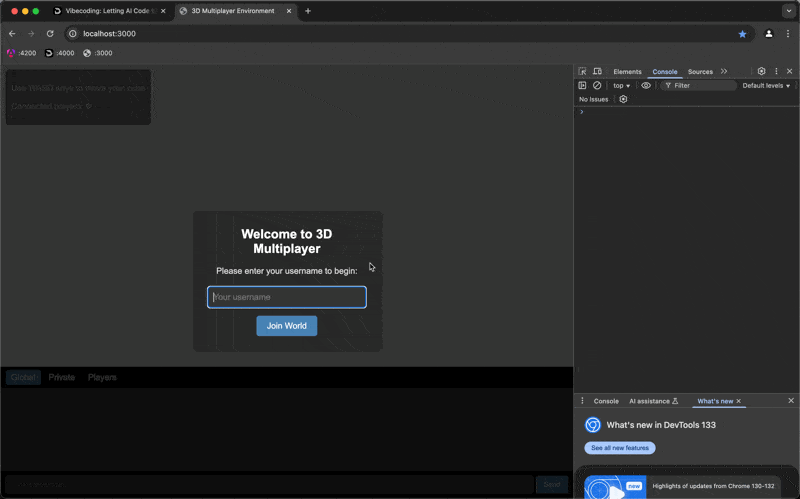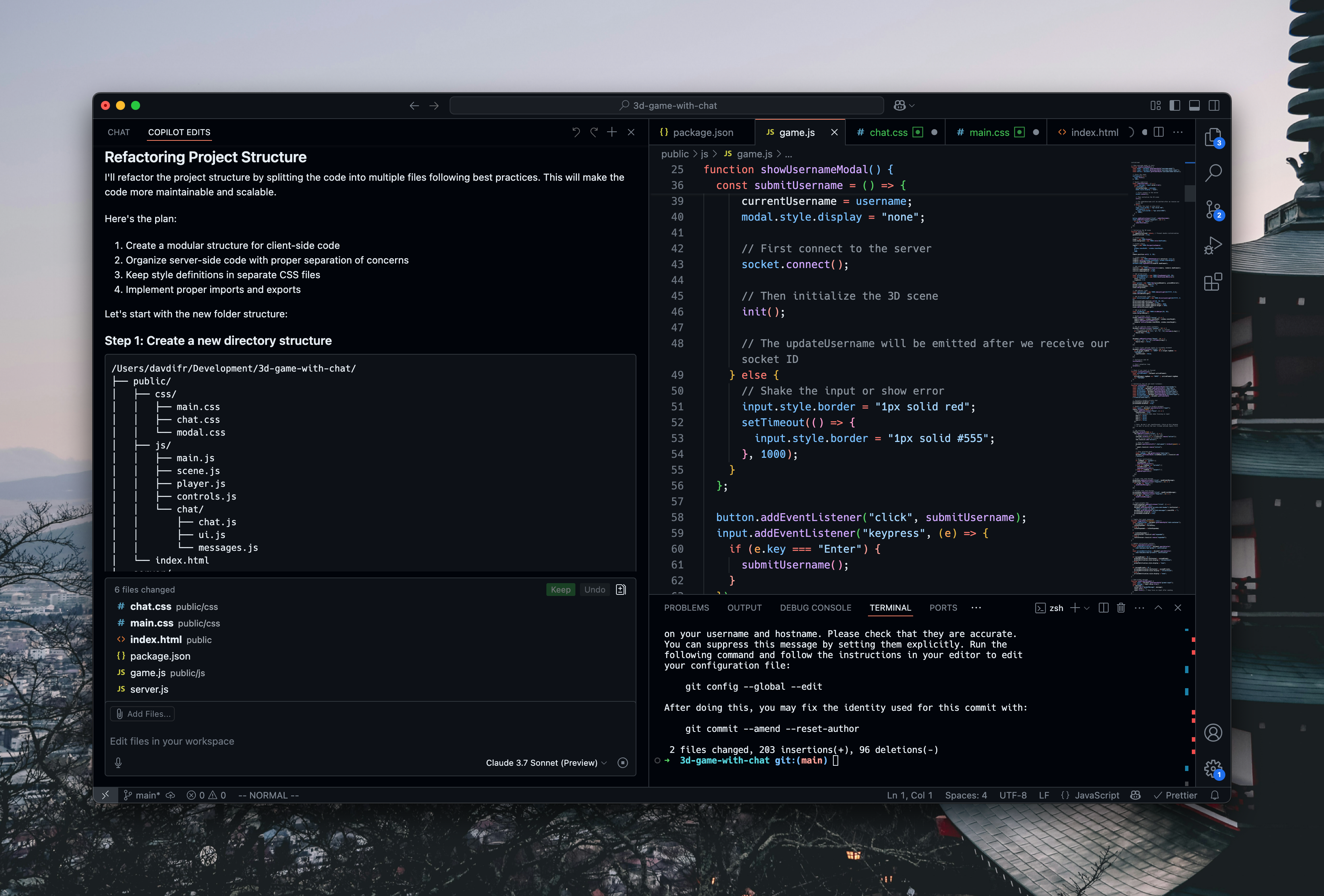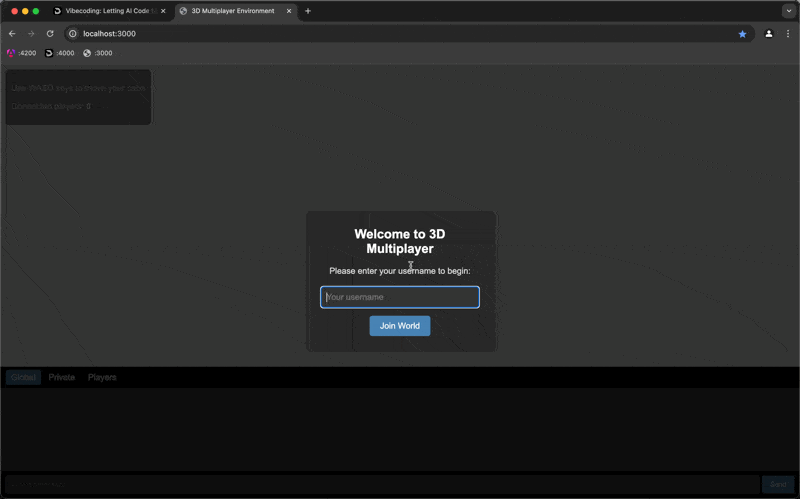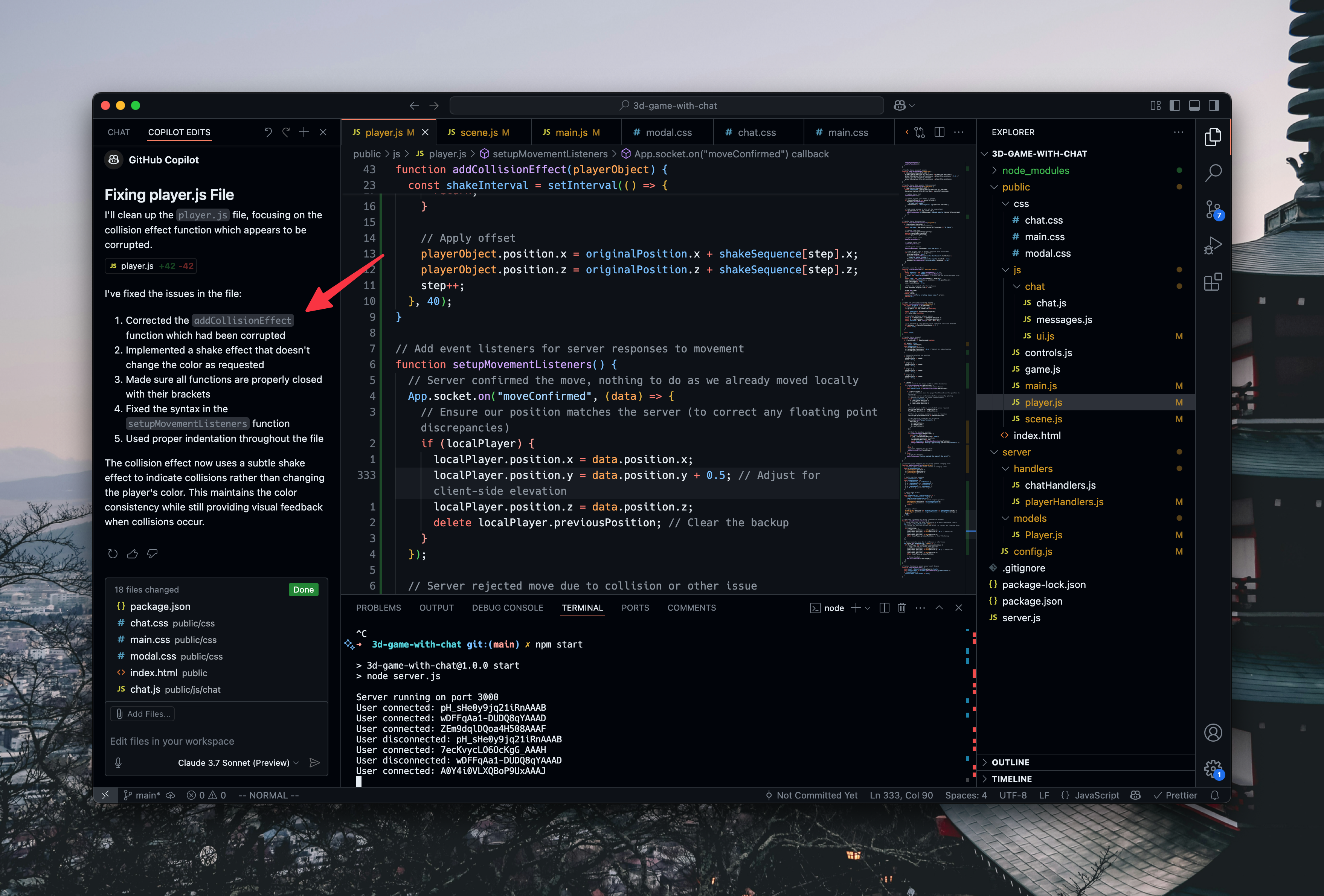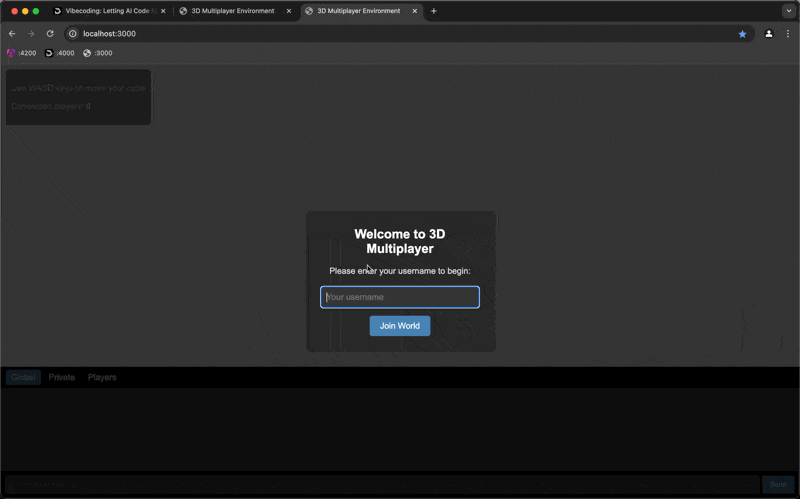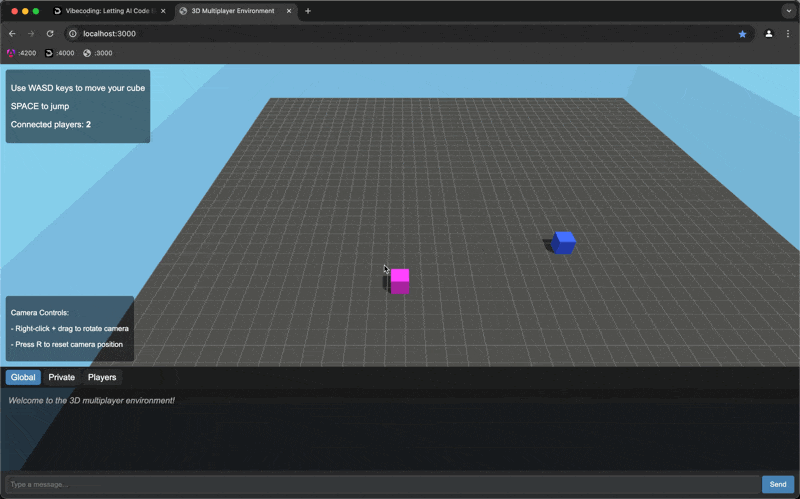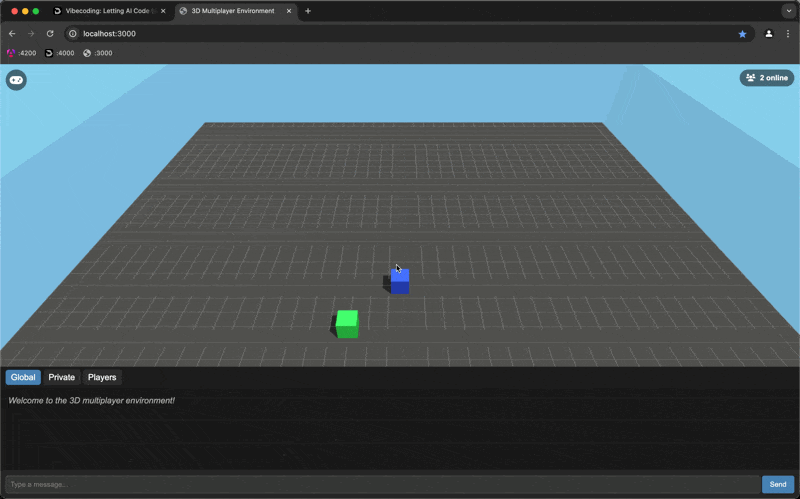Vibecoding: Letting AI Code for Me
A friend recently introduced me to vibecoding—a concept where AI handles all the coding, relying solely on prompts.
Despite the obvious limitations, my curiosity as a tech enthusiast got the best of me. With social media buzzing about it, I saw an opportunity to connect with other developers and challenge myself in a new way. The idea of pushing AI to its limits without writing a single line of code was too intriguing to ignore.
Setting the Stage
Before diving in, I needed to decide on a project—something practical yet simple enough for AI to handle. I also set a few ground rules:
- No manual coding—only AI-generated code.
- Minimal editing—syntax fixes allowed, no major rewrites.
- If AI got stuck, I had to prompt my way out.
- The entire process should take no more than a couple of hours.
With that, I opened my AI coding assistant and got to work.
The Experiment
Choosing the Right Tools
I first tried Cursor, an AI-powered editor, but it felt too much like a modded VS Code. Instead, I opted for GitHub Copilot paired with Claude 3.7.
Picking a Project
Scrolling through X, I noticed many vibecoding projects focused on game development, particularly with Three.js for 3D models. That seemed like a great challenge! So, I decided to build a 3D multiplayer game with real-time interactions via Socket.IO.
First Steps
I started with this prompt:
I want to create a real-time interactive 3D web application using Three.js and Socket.IO. The project should feature a simple multiplayer environment where multiple users can connect, move a 3D object in real-time, and see updates from others instantly.
The AI generated a basic 3D cube on a plane, movable with WASD keys, and even included a user counter.
Adding a Chat System
Next, I prompted the AI to implement a real-time chat system:
Implement a real-time chat system with global and private messaging. The UI should feature a tabbed chat system at the bottom of the screen.
I worried about AI struggling with the tabbed UI, and sure enough, it hit a time limit error. I simply resubmitted the same prompt, and it picked up where it left off.
The chat worked, but had a few quirks:
- The chat UI didn’t always stay in the foreground.
- A misplaced username input field.
- Typing in chat also moved the player (WASD issue).
Refining the Chat System
I refined my prompt to address these issues:
The chat system is functional, but I need the following fixes:
- Remove any button that toggles chat visibility.
- Prompt users for a username at startup instead of placing an input field in the chat.
- Prevent movement while typing in chat.
- Re-enable movement when clicking outside the input.
After applying fixes, I noticed a critical issue—players disappeared upon joining. So I prompted:
Fix the issue where players are not visible after entering the game.
This restored proper rendering.
Refactoring the Code Structure
The project was running from just three files—index.html, server.js, and game.js—which made maintenance difficult. I prompted AI to split the code into multiple files following best practices.
Expanding the Game Area
The playable area was too small. I asked AI to:
Expand the game area and add a boundary to prevent players from going beyond it.
It responded by:
- Increasing world size from 20 to 40 units.
- Adding semi-transparent boundary walls.
- Restricting movement beyond limits.
- Displaying a warning message near edges.
- Implementing server-side validation.
Fixing Multiplayer Visibility Bug
New players weren’t visible to those already connected. I prompted:
Ensure that all connected users see new players upon joining.
This restored proper synchronization.
Implementing Player Collision
I wanted to prevent players from passing through each other:
Add a collision system so players cannot pass through each other. Ensure consistency across all clients.
This worked, but introduced a weird bug—player colors changed on collision. Additionally, colors appeared differently for each client. I fixed this with:
Keep player colors static. Ensure color consistency across all clients.
Debugging AI Mistakes
AI sometimes introduced syntax errors. At one point, I encountered this:
Uncaught ReferenceError: handleCurrentPlayers is not defined
I asked AI to review and fix it, and it successfully debugged itself.
Improving Camera Behavior
By default, the camera didn’t follow the player, making navigation frustrating. I prompted:
Ensure the camera stays centered on the player.
This small tweak greatly improved the experience.
Jump Mechanic & UI Improvements
To enhance movement, I added jumping:
Implement a jump mechanic using the space bar. Prevent infinite jumping.
Jumping worked flawlessly.
The UI also felt cluttered, so I requested:
Organize the UI:
- Move the player count to the top-right.
- Hide control hints behind a toggle button.
Conclusion
This experiment was surprisingly effective. While AI-generated code isn’t perfect, its ability to iterate and self-correct was impressive.
The final product could be a great base for a .IO-style multiplayer game, with mechanics like player growth and competitive elements.
The most fascinating part? This was all built in two hours. Manual coding would have taken far longer. Instead of focusing on syntax, I focused on iterating through AI-generated results.
While vibecoding has clear limitations, it’s a powerful tool for rapid prototyping. Who knows? With more improvements, it could become an even stronger development method.
